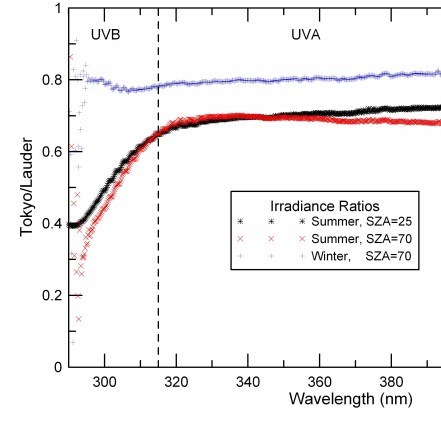Air pollution while pregnant associated with lower vitamin D (perhaps indoors more)
Particulate Air Pollution Exposure and Plasma Vitamin D Levels in Pregnant Women: A Longitudinal Cohort Study.
J Clin Endocrinol Metab. 2019 Mar 21. pii: jc.2018-02713. doi: 10.1210/jc.2018-02713.
Zhao Y1, Wang L2, Liu H3, Cao Z1, Su X1, Cai J4, Hua J1.

CONTEXT: No studies have assessed the associations between air pollution exposure and vitamin D status in pregnant women.
OBJECTIVE: To examine the association between particulate air pollution exposure and circulating 25-hydroxyvitamin [25(OH)D] levels in pregnant women.
DESIGN: A longitudinal cohort study.
PARTICIPANTS: A total of 3285 pregnant women were recruited at a Maternal and Child Health Hospital.
INTERVENTIONS: None.
MAIN OUTCOME MEASURES: Serum 25(OH)D levels.
RESULTS: We observed trimester-specific associations between particulate air pollution exposure and circulating 25(OH)D levels. The associations were most pronounced for the periods of third trimester and the entire pregnancy. A 10 μg/m3 increase in PM2.5 and PM10 exposure during the entire pregnancy was associated with a 4.62% (95% CI, -6.31% to -2.93%) and 5.06% (95% CI, -6.50% to -3.62%) decrease in 25(OH)D levels, respectively. Particulate air pollution exposure was also associated with elevated odds of maternal vitamin D deficiency. A 10 μg/m3 increase in PM2.5 and PM10 exposure during the entire pregnancy was associated with a 45% (OR=1.45, 95% CI, 1.29 to 1.63) and 48% (OR=1.48, 95% CI, 1.33 to 1.64) increase in the odds of maternal vitamin D deficiency. Mediation analysis estimated that decreased solar UVB radiation mediated 69.5% and 66.4% of the inverse association between PM2.5 and PM10 exposure and circulating 25(OH)D levels.
CONCLUSION: Our results suggest that prenatal exposure to particulate air pollution may play an independent role in maternal vitamin D deficiency. The role of air pollution should be incorporated into future guidelines for the prevention of maternal vitamin D deficiency.
